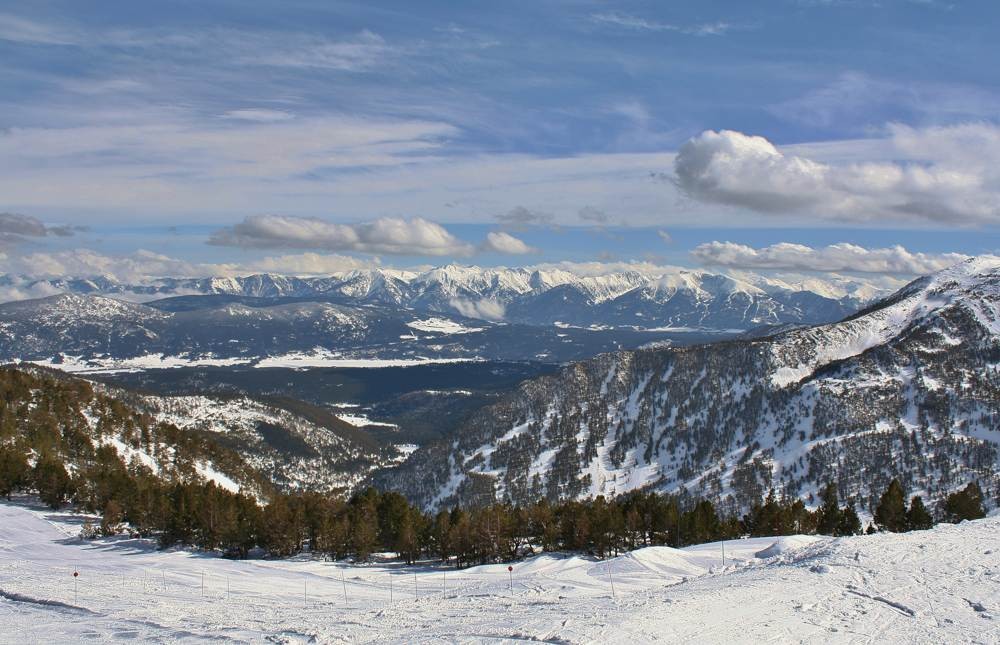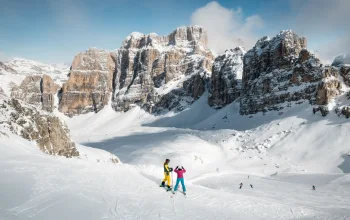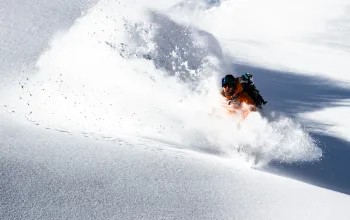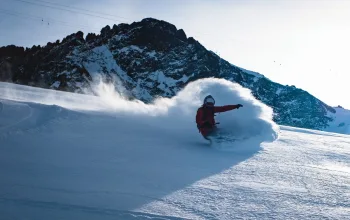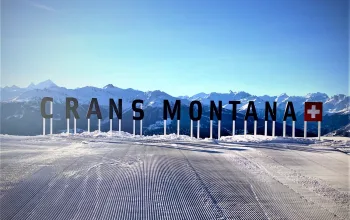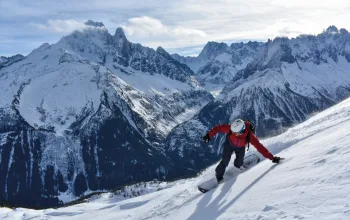Add to that the fact that flights are cheap and transfers short and there are good rail links, sometimes right into the resort, and you do start to wonder about the sanity of the average Brit skier who rarely looks in the direction of the French Pyrenees.
But the Pyrénées are not the perfect ski dream. The 400km by 70km mountain border between Spain and France does have one or two drawbacks. The resorts are small, the range of skiing limited (great for young kids, interesting off-piste, but most stations would start to pale for your average experienced skier after a few days) and that phenomenal dump of snow last season is far from guaranteed.
But for a long weekend? Perfect, and as I was charging down a deserted run in Formiguères on a sunny afternoon in February with Swedish guide Kim Falck, all I could do was thank the snow gods and delight that this little gem still remains a secret to pretty much everybody but the fortunate locals of southwest France.
We had been zigzagging around the, at times, literally empty runs occasionally coming across a few groups of special forces solders from the nearby barracks (let’s hope they’re better skilled with guns than skis – they were more Clouseau than Bond, and rarely got down a run upright).
While the station only has 17 slopes it does have a 10-hectare wooded off-piste area that is covered by Kim and his mates – important if things go wrong, as it’s his job to get you down whether you are on or off piste.
Another important thing about the eastern Pyrénées is that the tree line is very high – the ubiquitous pine trees reach right up to 2,200m. In Sweden, for example, the trees stop at 900m.
It gives the area a wild, natural edge. Kim pointed to three or four griffin vultures circling overhead.
‘I moved here 10 years ago and fell in love with the area,’ he explained.
‘In summer I run trekking expeditions. It is wild, in just a few hours you can be in complete wilderness. There are golden eagles, brown bears and stories of wolves who have somehow managed to get right across Europe and are starting to return to the Pyrénées.’
And what makes this even more remarkable is that you are 90 minutes from Perpignan on the French side and two hours from Barcelona on the Spanish coast.
The Pyrénées are older and more spacious than the Alps. While you miss the dramatic grandeur of their young cousins, all this open space does create a unique and different terrain.
The individual resorts may be small, but dotted around Formiguères are at least seven other stations, including Los Angles and Font Romeu which are easily accessible.
They rise up from a vast high-altitude plateau called the Cerdagne Capcir which sits at 1,500m. This strange open landscape is where Olympic athletes come for high-altitude training.
Paula Radcliffe loved the region so much that she has bought a home here and it is easy to see why – big horizons, soaring mountains, wild heaths covered with tough little ponies (now I know where French horse meat comes from) and pretty little villages.
Another geological quirk of this tough granite barrier that seems impervious to erosion, is that it is dotted with natural hot springs which people have been enjoying since Roman times. Mostly run by the local communities, they offer a wonderful treat after a day revelling in metres of powder on empty, wooded slopes.
You sit in open air baths with the warm (34ºC to 36ºC) and bubbling mineral-rich water soothing away any aches and pains and take in the stupendous views for no more than it costs going to the local swimming pool.
The villages feel like France – rather than the production line ski theme parks we are used to in the Alps. Small restaurants, family hotels and not an English accent to be heard.
The food is gutsy – lots of sausage, big stews, duck and venison. The wine from the south west of France is equally punchy with lots of big Madiran reds and aromatic whites such as Juraçon.
To get the best out this area you need to be adventurous both off and on your skis. Explore the off-piste – it is a lot less daunting than you find in the Alps and with the right snow wonderful (last year was gloriously exceptional, the year before nearly as good – maybe they are on a roll).
Explore the area, a lift pass for Formiguères allows access to Bolquère Pyrénées 2000, Cambre d’Aze, Cerdagne Puigmal, Font Romeu, La Quillanc, Les Angles, Porté Puymorens and Puyvalador.
Explore the spas, you could visit a different one every afternoon for a week. Explore the wines, it’s not the big names from Bordeaux or Burgundy that you may be used to but so much the better.
On our last morning we went out on snow cats and explored the national park – it was stunning with views down to the Med 30 miles across a forested wilderness.
On the plane home you could spot the handful of British skiers. They had a look of nearly smug satisfaction – they knew the secret!


